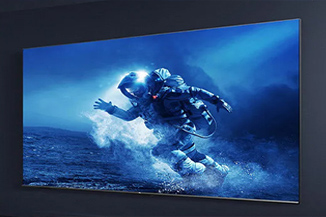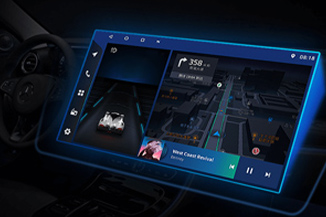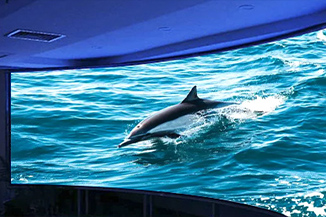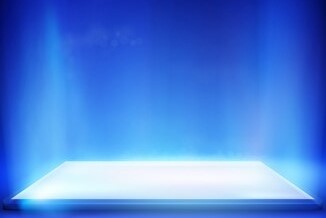Publisher: Supplier of LED Display Time: 2022-07-14 17:26 Views: 1667
With the popularity of LED displays, LED displays can be seen in the streets and alleys. Do you know how the LED display came from? Today, Liancheng sent a small editor to share with you.
The LED was born in 1923. When Rousseff (lossen.o.w) was studying semiconductor sic, he found that the p-n junction doped with impurities would emit light after being energized, and thus developed a light-emitting diode (Light Emitting Diode). Light-emitting diodes are referred to as LEDs for short. Made of compounds containing gallium (Ga), arsenic (As), phosphorus (P), nitrogen (N), etc. When electrons and holes recombine, they can emit visible light, so they can be used to make light-emitting diodes. Used as indicator lights in circuits and instruments, or composed of text or digital displays. The gallium arsenide diode emits red light, the gallium phosphide diode emits green light, the silicon carbide diode emits yellow light, and the gallium nitride diode emits blue light. color. Due to chemical properties, it can be divided into organic light emitting diode OLED and inorganic light emitting diode LED.

With the rapid development of the electronics industry, in the 1960s, display technology developed rapidly, and people developed a variety of display technologies such as pdp laser display plasma display panels, LED liquid crystal displays, light-emitting diodes LED, and so on. Due to the gradual maturity and perfection of the fabrication and processing technology of semiconductors, light-emitting diodes have become increasingly dominant in solid-state displays. The reason why LED has been widely valued and developed rapidly is because it has many advantages. For example: high brightness, pure light color, low operating voltage, low power consumption, easy integration, simple drive, long life, environmental protection, impact resistance and stable performance, wide application range, its development prospects are extremely broad. At present, it is developing towards higher brightness, higher weather resistance and luminous density, luminous uniformity, and full color. With the development, people need a large-screen display device, so there is a projector, but its brightness cannot be used under natural light, so a large led screen appears, which has the characteristics of large viewing angle, high brightness and bright colors.




